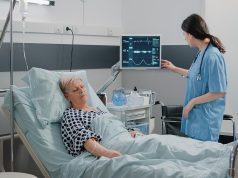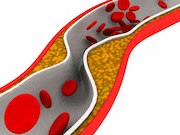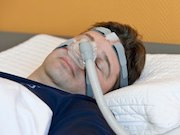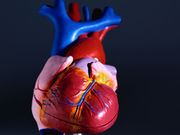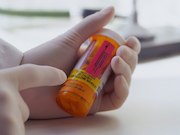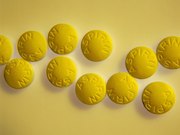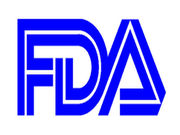Circulating FGF23 Linked to Incident Coronary Heart Disease
After adjustment for hormone therapy use in women, associations no longer differed by sex
High Total Cholesterol Protects Against Cognitive Decline
Findings among elderly whose total cholesterol increased from midlife levels
Doctors Facing Challenge to Help Needy While Protecting Practices
Many practices are finding it difficult to maintain their viability while caring for patients who can't pay
Severe Sleep Apnea During REM Sleep Tied to Acute CV Events
Findings among those with apnea during REM sleep and with preexisting cardiovascular disease
Patient, Caregiver Characteristics Predict LVAD Response
Greatest improvement in patient QOL, worsening of caregiver strain in first month after implantation
Pharmacists Play Key Roles in Cardiac Disease Management
Pharmacists have role as part of health care team, as patients transition to discharge, in community
Vascular Risk Factors Tied to Increased Incontinence Risk
Previous stroke or TIA, increased BMI are among risk factors for urgency urinary incontinence
Many PICCs Placed Have Dwell Time of No More Than Five Days
Among patients with short-term peripherally inserted central catheter, about 1 in 10 has a complication
Aspirin Therapy Appears Safe Before Thyroid Surgery
No increase observed for intraoperative bleeding, but risks for other complications uncertain
FDA Approves Mechanical Heart Valve for Newborns
Masters Series Mechanical Heart Valve now available in smallest size yet



